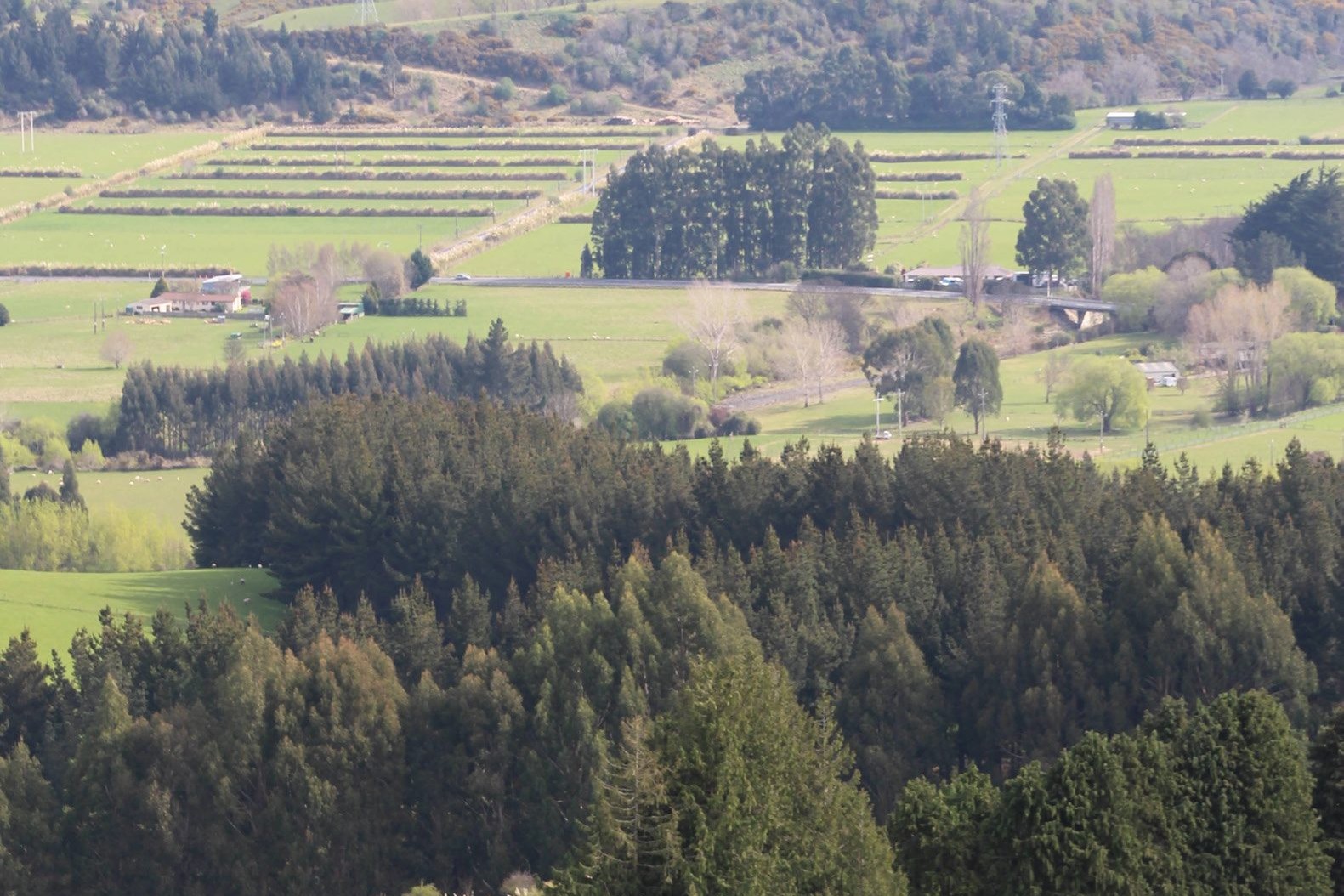A deer milestone
Set up in the very early days of New Zealand deer farming, the people of Invermay have celebrated half a century of scientific research for the industry. By Lynda Gray.

Set up in the very early days of New Zealand deer farming, the people of Invermay have celebrated half a century of scientific research for the industry. By Lynda Gray.
It wasn’t a trip down Memory Lane, but it was a jaunt in and around Puddle Alley at Ag Research Invermay, near Dunedin to reminisce on 50 Years of deer science. About 130 people gathered to celebrate the industry that could, with the help of science.
The prolific output of practical science from 1972, barely a year after establishment of a farmed deer herd, was testament to the passion and motivation of a dedicated few, Dr Ken Drew said. He was the driving force behind the deer research programme which at its peak employed 18 scientists and technicians. Although an academic institution Drew said the science was farming focused and included a lot of field days which attracted hundreds of people.
In 1983 a Deer Biology conference organised by Drew, Pete Fennessey and other Invermay staff attracted people from around the world. The event cemented Invermay as the global hub for deer farming research, said Dr Jimmy Suttie.
Suttie, a Scotsman, was recruited by Drew in 1981 to lead a velvet research team which grew to include 10 scientists. One of the highlights was proving, on an ash content basis, that NZ velvet antler was a high quality product equal to, if not better than velvet grown in Russia and China.
The day included a tour of the rolling 170ha Invermay deer farm, where the 330 stags, 650 hinds and 450 R1s have spectacular views to the south over the Taieri Plain. A stop-off at the deer shed included evidence and details of a Frankenstein science-type project in 2004 and 2005 where antler stem cells were harvested, cloned and used in the assisted reproduction of a handful of stags with identical antler. At a practical level the cloned stags were a nightmare to manage, especially during the rut when their battles to establish dominance were long and drawn out due to each having identical antler. It was ‘remarkable, but a sensitive piece of research,’ AgResearch scientist Jamie Ward said. The stags were never mated to hinds and the curiosity-driven science never made it beyond the gates of the Invermay deer farm.
The event concluded with an evening dinner at the University of Otago. Jonathan Wallis of Minaret Station and son of deer farming pioneer Tim Wallis gave an informal speech relaying some of his memories as a child growing up amid the development of the deer farming industry. This included some bring and show exhibits of net guns, one of which included a stun gun which Sir Tim helped develop. The people that drove the fledgling industry were visionary and blazed the trail for deer farming in New Zealand. They were tall poppies and as such attracted criticism and naysayers in much the same way that Lake Hawea Station owners Geoff and Justine Ross did earlier this year after appearing on ‘Country Calendar’.
“I was a bit shamed by that. It made me think back to the 70s and the start of deer farming. I don’t think that we should be so quick to knock (new) ideas and thinking…that was what gave the deer industry their chance.”
He said deer farming was the last great adventure in the pastoral scene, but there was still lots of new science and adventure to come.




